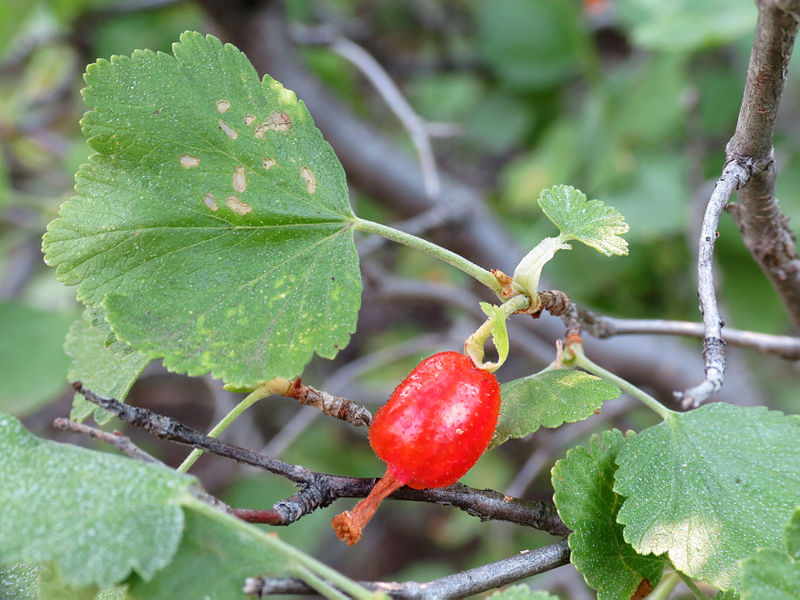
Wax Currant Facts
- The rather intriguing term of Wax Currant presently serves as the most frequently used common name for this remarkable flora. It does have several other general titles by which it’s known, though. These include the tags Western wild currant and Red Currant, among others.
- Within the scientific community, however, it’s possibly much better known by its technical designation. Thankfully, that’s a much simpler term for the layperson to pronounce than most such monikers. That’s because it currently holds the short formal honorific of Ribes cerum.
- The amazing plant received that easy to manage epithet due to the efforts of David Douglas. That highly respected Scottish botanist accomplished the first official recognition of this Angiosperm as a separate and distinct species. He achieved that fully noteworthy deed in 1830.
- Though scientists did not describe the flora until that time, local populations of Indigenous Peoples knew of its existence for centuries prior to that action. The Zuni people especially made use of it, consuming both the numerous, brightly colored berries and the leaves.
- Fortunately, the stunning Wax Currant appears to be maintaining a population base that’s both stable and sufficient. This pleasant state also seems to hold true throughout the entirety of its native range. The IUCN therefore does not yet show it on its Red List of Threatened Species.
- It nevertheless still should be considered as facing several potential threats to its continued existence as a species. Like all forms of life on earth today, most of these dangers stem from the actions of man. They include the closely related perils of habitat loss and climate change.
Related Articles
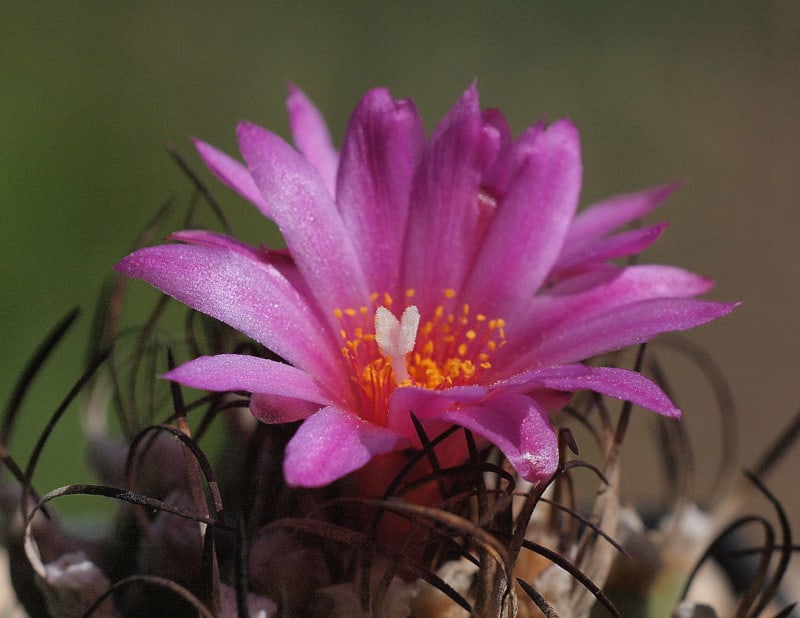
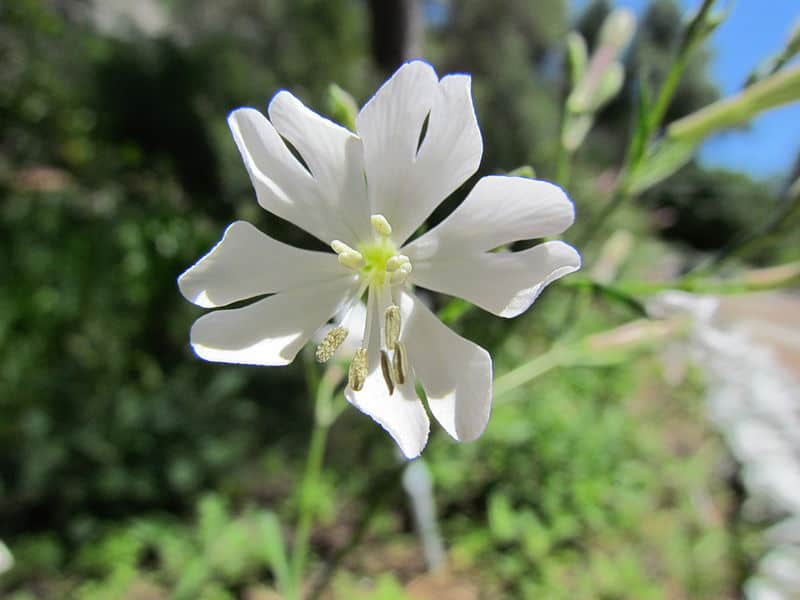
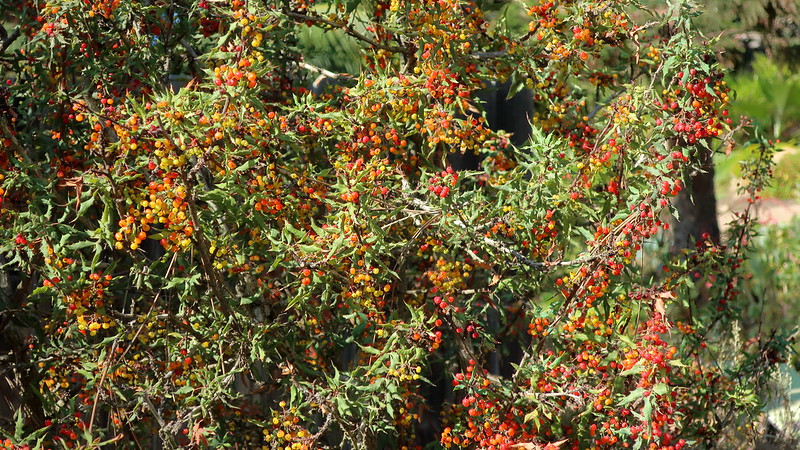
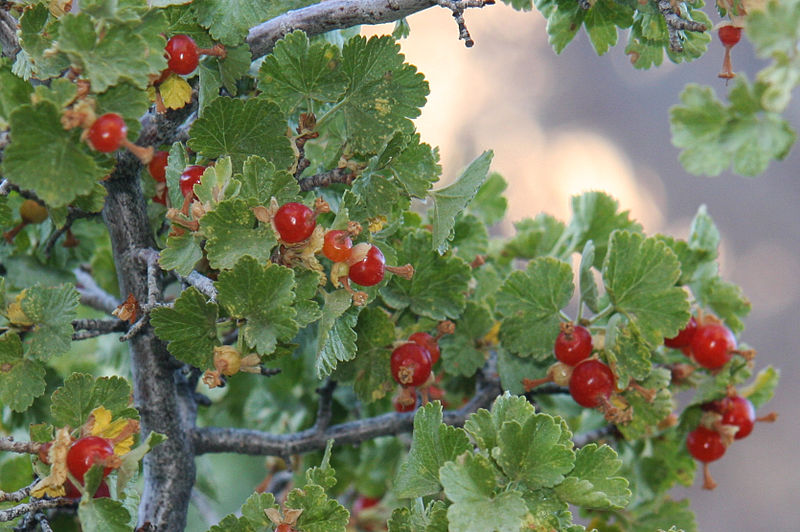
Wax Currant Physical Description
The gorgeous Wax Currant rarely fails to capture the attention and interest of those individuals fortunate enough to encounter it. Unlike some related species, however, it doesn’t do so merely due to one reason alone. That’s true since this amazing woody shrub holds some surprising attributes.
Specimens of this wonder of Nature and evolution develop as an erect, well-rounded shrub. They do so, though, in a wide variety of sizes, even within the same local environment. These generally attain heights measuring somewhere between roughly 3 – 6 ft (1 – 2 m). But exceptions do occur.
This remarkable flora also presents a most intriguing pattern of growth to the observer. Examples usually spread from the root crown and form comparatively loose thickets. Unlike some of its kindred species, though, such as gooseberries, it lacks the presence of either spines or prickles.
The wonder of Nature produces numerous small leaves. Each example of this foliage develops as small, rounded, and lobed, ranging in number from 3 – 5. These also average 0.4 – 1.2 in (1 – 3 cm) in width. The upper surface of these shows dark green, while the underside’s lighter and often hairy.
Yet, it’s doubtless the flowers of the captivating Wax Currant that usually garner the most attention. These evolved as small in size, and vary in form from tubular to saucer-shaped. Growing in clusters numbering from 2 – 5 these usually show as white to pink in color, occasionally with yellow tinges.
Its fruit also merits a certain amount on interest. This aspect of its physiology develops as a small, rounded berry. In size, these range from 0.24 – 0.4 in (6 – 10 mm) in diameter. Their color also notably varies, typically ranging from red to orange-red, and possesses a waxy, glaucous coating.
- Kingdom: Plantae
- Phylum: Tracheophytes
- Class: Angiosperms
- Order: Saxifragales
- Family: Grossulariaceae
- Genus: Ribes
- Species: R. cereum
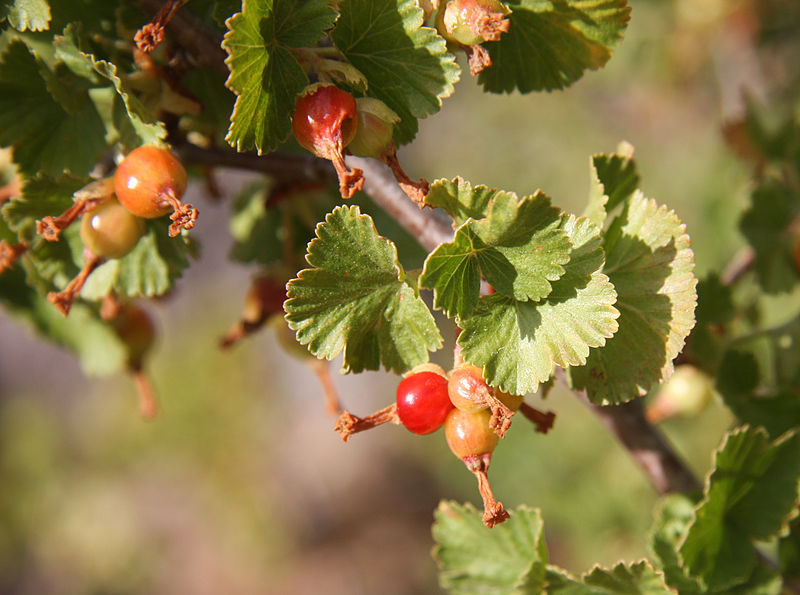
Wax Currant Distribution, Habitat, and Ecology
The mesmerizing Wax Currant evolved as indigenous to a comparatively broad swathe of the surface of the earth. However, the exact location of this zone of habitation likely won’t surprise anyone who learns of it. That’s due to the fact that the plant’s native of a portion of North America.
Much of its territorial expanse lies within the national borders of the United States. There, it appears naturally in the western parts of the country. That area of presence consists of four areas. Those are the Pacific Northwest, the Intermountain West, the Wouthwest, and the Great Plains edge.
To the north, though, it also lives in a portion of Canada. In that country, it’s found in the provinces of British Columbia, Alberta, and Saskatchewan. In the southern part of its range, however, it also lives in a section of northern Mexico. There, it’s known in Baja California, Chihuahua, and Sonora.
This awesome product of Nature and botanical evolution displays a decidedly versatile nature regarding its choice of habitat. Due to this extreme flexibility, it grows in a range of environments that vary significantly, from very dry to moderately moist habitats across its entire territorial range.
In areas composed of open woodlands and forests, it’s common under ponderosa pine, Douglas fir, lodgepole pine, and in aspen groves. Meanwhile, in shrublands and desert margins, one finds this marvel thriving in sagebrush steppe, pinyon-juniper woodlands, and even chaparral-like habitats.
Yet it doesn’t simply stop there in selecting where to make its home. Impressively, the plant’s also found living in regions of foothills, canyons, and slopes, often on rocky, sandy, or gravelly soils. It even resides in sections of montane and sub-alpine zones, at altitudes of up to 10,000 ft (3,000 m).
The beautiful Wax Currant plays an unexpectedly important role within the various ecosystems in which it appears. In these settings, it serves to stabilize soils on rocky slopes and dry hillsides. It also works to colonize open ground after invasive disturbances in mature stands in plant communities.
Its undeniably distinctive adaptability extends to its reproductive processes as well. The natural wonder achieves its pollination via the activities of a wide range of insect species. These assistants include such diverse visitors as numerous species of locally prevalent bees, flies, and butterflies.
It also serves as a food source for many local animals. Birds, small mammals, and bears love to consume the berries. Mule deer, Elk, and even domestic livestock favor them too. All of these aid in spreading the seeds via their droppings. It also provides cover habitat for small mammals and birds.
Species Sharing Its Range
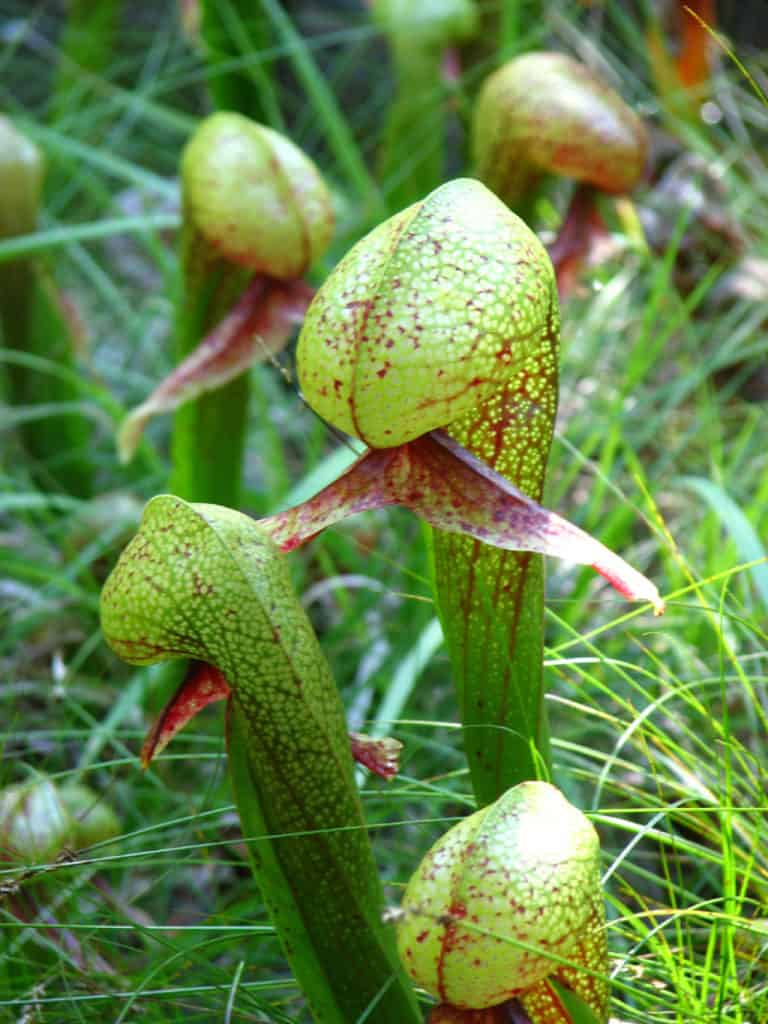

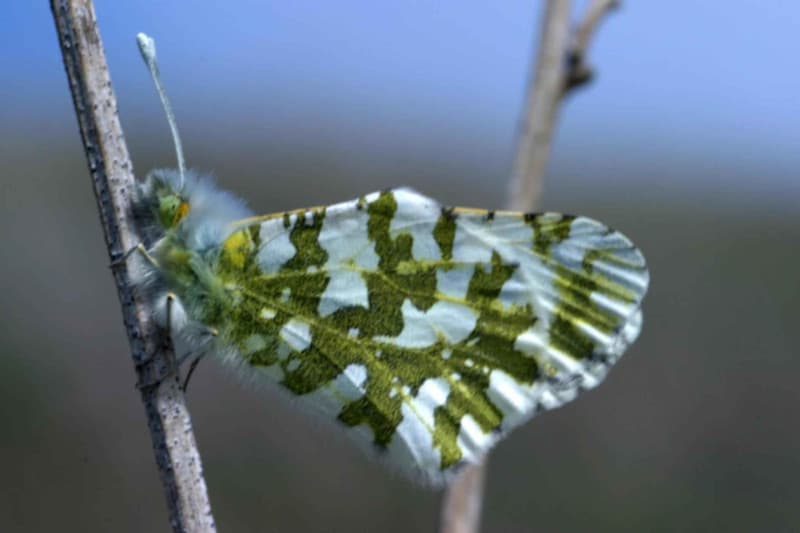
Check out our other articles on Earth’s Many Mesmerizing Cephalopods, Bee Hummingbird, Neptune’s Grotto, White Spotted Puffer, Panda Dolphin, Gray’s Leaf Insect, Hermann’s Tortoise









Leave a Reply